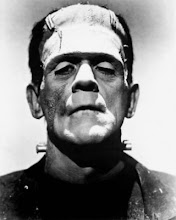During the 18th century agriculture was gradually transformed by an agricultural revolution. Until 1701 seed was sown by hand. In that year Jethro Tull invented a seed drill, which sowed seed in straight lines. He also invented a horse drawn hoe which hoed the land and destroyed weed between rows of crops.
Furthermore until the 18th century most livestock was slaughtered at the beginning of winter because farmers could not grow enough food to feed their animals through the winter months.
Until the 18th century most land was divided into 3 fields. Each year 2 fields were sown with crops while the third was left fallow (unused). The Dutch began to grow swedes or turnips on land instead of leaving it fallow. (The turnips restored the soil's fertility). When they were harvested the turnips could be stored to provide food for livestock over the winter. The new methods were popularised in England by a man named Robert 'Turnip' Townsend (1674-1741).
Under the 3 field system, which still covered much of England, all the land around a village or small town, was divided into 3 huge fields. Each farmer owned some strips of land in each field. During the 18th century land was enclosed. That means it was divided up so each farmer had all his land in one place instead of scattered across 3 fields. Enclosure allowed farmers to use their land more efficiently.
Also in the 18th century farmers like Robert Bakewell began scientific stockbreeding (selective breeding). Farm animals grew much larger and they gave more meat, wool and milk.
However despite the improvements in farming food for ordinary people remained plain and monotonous. For them meat was a luxury. They lived mainly on bread, butter, potatoes and tea.
http://www.localhistories.org/18thcent.html
zehra Ali
Tuesday, April 27, 2010
Subscribe to:
Post Comments (Atom)

No comments:
Post a Comment